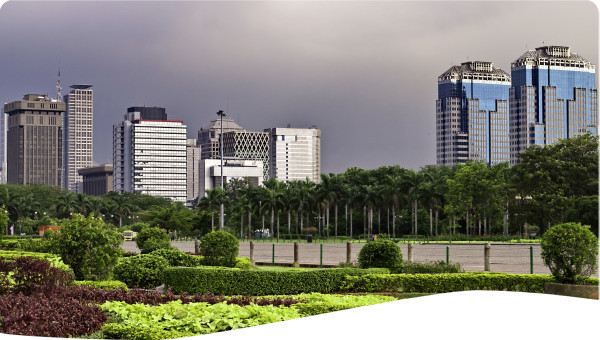The growing scarcity of freshwater due to rising water demands and a changing climate is increasingly seen as a major risk for the global economy. Consumer awareness, private sector initiatives, governmental regulation and targeted investments are urgently needed to move towards sustainable water use.
Recently, the World Economic Forum listed water scarcity as one of the three global systemic risks of highest concern, an assessment based on a broad global survey on risk perception among representatives from business, academia, civil society, governments and international organizations. Freshwater scarcity manifests itself in the form of declining groundwater tables, reduced river flows, shrinking lakes and heavily polluted waters, but also in the increasing costs of supply and treatment, intermittent supplies and conflicts over water. Future water scarcity will grow as a result of various drivers: population and economic growth; increased demands for animal products and biofuels; and climate change. Water-use efficiency improvements may slow down the growth in water demand but, particularly in irrigated agriculture, such improvements will most likely be offset by increased production. Similarly, water storage and transfer infrastructure improve availability, but allow further growth in demand as well. Climate change will probably increase the magnitude and frequency of droughts and floods. The expected increase in climate variability will compound the problem of water scarcity in dry seasons by reducing water availability and increasing demand, the latter owing to higher temperatures and the need to make up for lost precipitation. The private sector is becoming aware of the problem of freshwater scarcity but is facing the challenge of formulating effective responses.
 Resource -
Resource -
